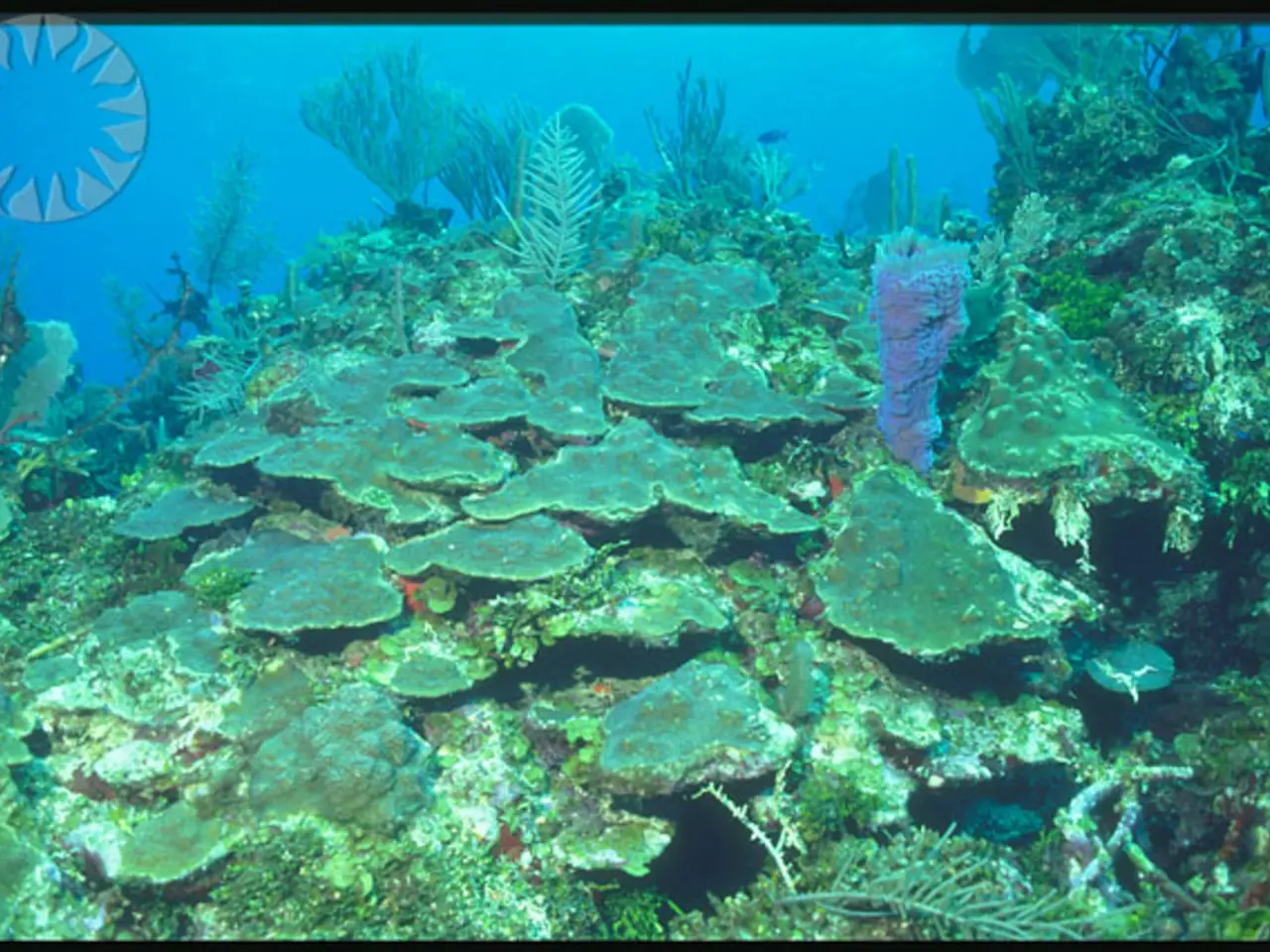Harvesting Salt from Flora for Survival Purposes
In the vast expanse of the United States, a common plant known as coltsfoot (Tussilago farfara) can be found thriving along stream banks, ditches, wastelands, and disturbed sites. Its large, round or heart-shaped leaves, green above and white-fuzzy underneath, and yellow, daisy-like flowers that bloom early in spring, make it a distinctive sight. However, contrary to popular belief, coltsfoot is not a reliable source of edible salt.
While it is true that the ash produced from burning coltsfoot leaves can be used as a salt substitute, this practice is not recommended for a salt source and is not supported by traditional or scientific documentation. Coltsfoot is not a halophyte, a type of plant that accumulates salts, like saltwort or glasswort, which are known for yielding saline substances from their ashes.
For educational purposes, the traditional process used for saltwort and glasswort can be outlined. Harvesting mature plants, drying them thoroughly until they are brittle, burning them completely to ash, leaching the ash with water, and evaporating the resulting solution to obtain a salty residue, is the general method for extracting salt from salt-tolerant species.
However, it's crucial to note that coltsfoot does not accumulate significant salt, so attempting to extract salt from it would yield very little or none. Furthermore, coltsfoot contains pyrrolizidine alkaloids, toxic compounds harmful to the liver if consumed in large quantities over time.
In the wilderness, it's advisable to seek out plants known for their salt content, such as saltwort or glasswort, if available in your environment. These halophytic species are safe if they come from clean sources.
Despite coltsfoot's inability to provide a reliable salt substitute, it has a long history of use as a medicinal plant, particularly for respiratory issues. The toxic alkaloid in coltsfoot is destroyed during the burning process, leaving just mineral ashes behind. These ashes can be used to keep the fire stoked without losing the ashes, but they should not be consumed.
In conclusion, while coltsfoot has been mistakenly associated with salt extraction, it is not a reliable source of edible salt. For true salt substitutes, focus on halophytic species like saltwort or glasswort. Let's continue to appreciate coltsfoot for its medicinal properties and its role in our ecosystem rather than misusing it as a salt source.
References: [1] Unspecified botanical sources.
- In the realm of food-and-drink and health-and-wellness, it's essential to understand that coltsfoot, while medicinally useful, does not provide edible salt like halophytic plants such as saltwort and glasswort do.
- For individuals interested in lifestyle and nutrition, learning how to extract salt from halophytic plants can be an engaging topic, offering insight into science and cooking practices.
- In the fitness-and-exercise and wilderness survival context, knowledge of halophytic plants, like saltwort and glasswort, can be beneficial, as they provide reliable sources of edible salt.
- While coltsfoot has medicinal value, it's important to remember that extracting salt from it is not feasible and attempts to do so may contain harmful compounds, emphasizing the importance of proper plant identification and understanding their properties.




